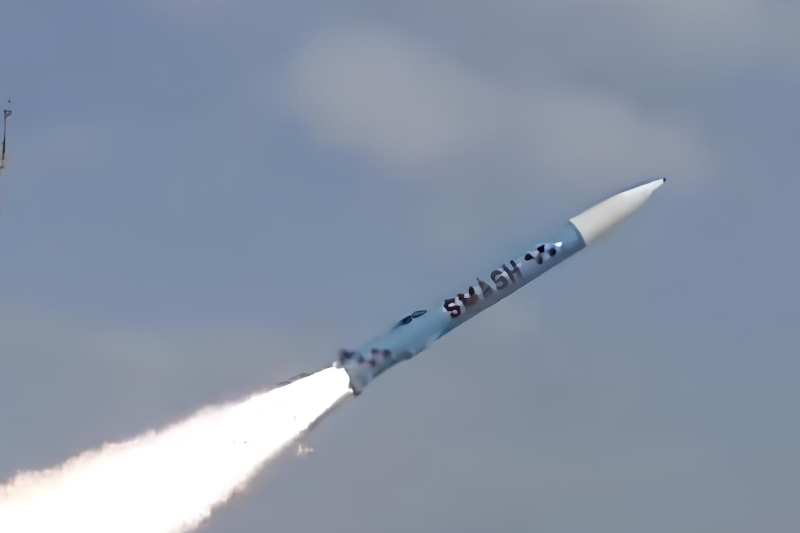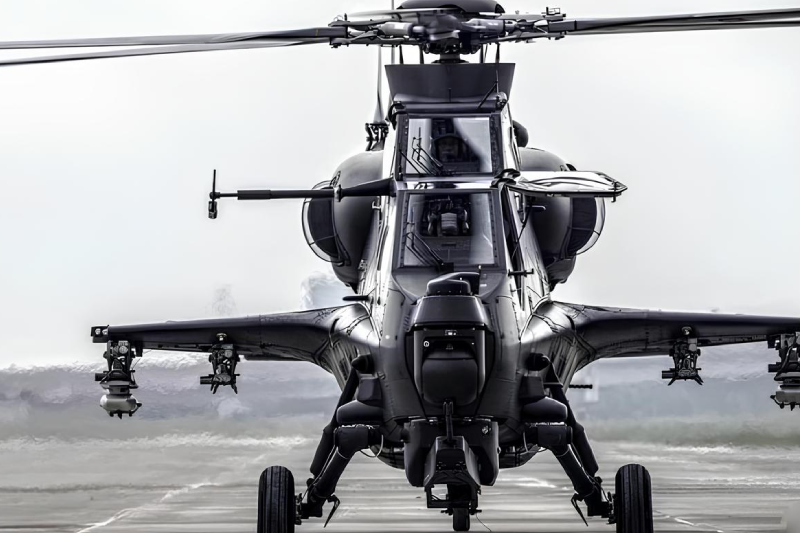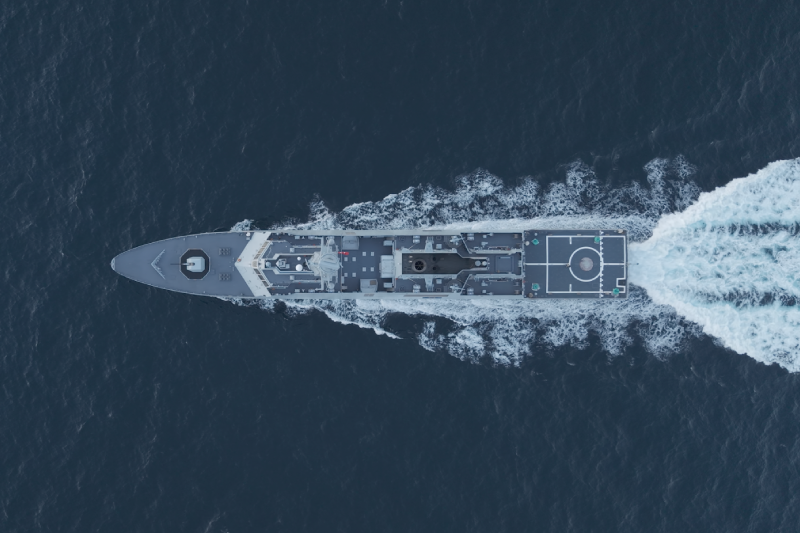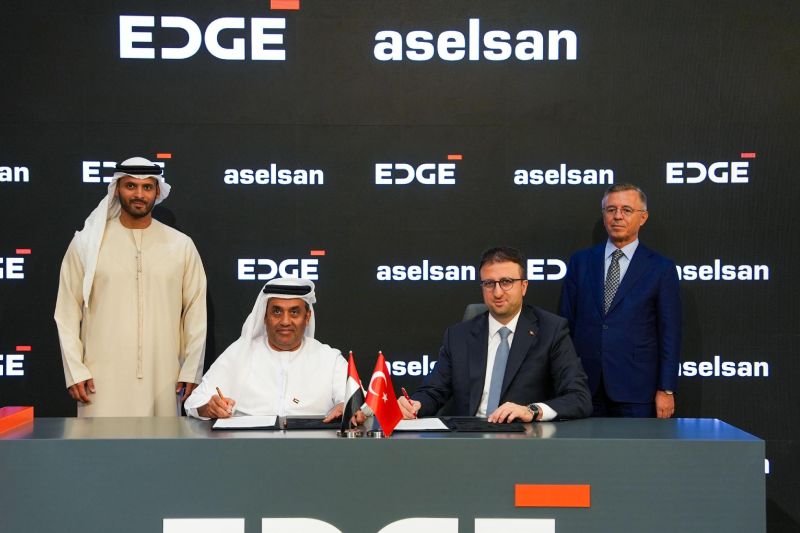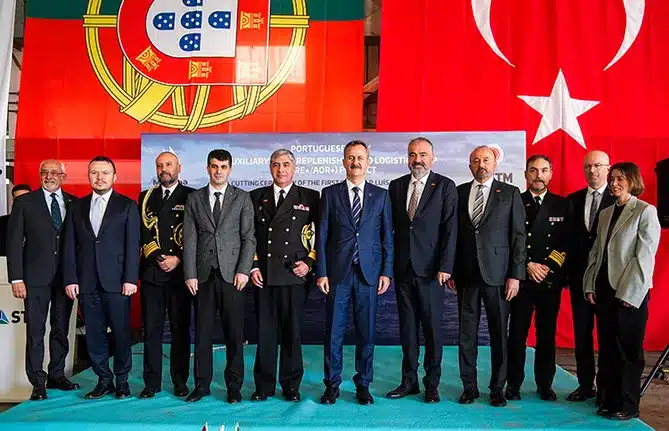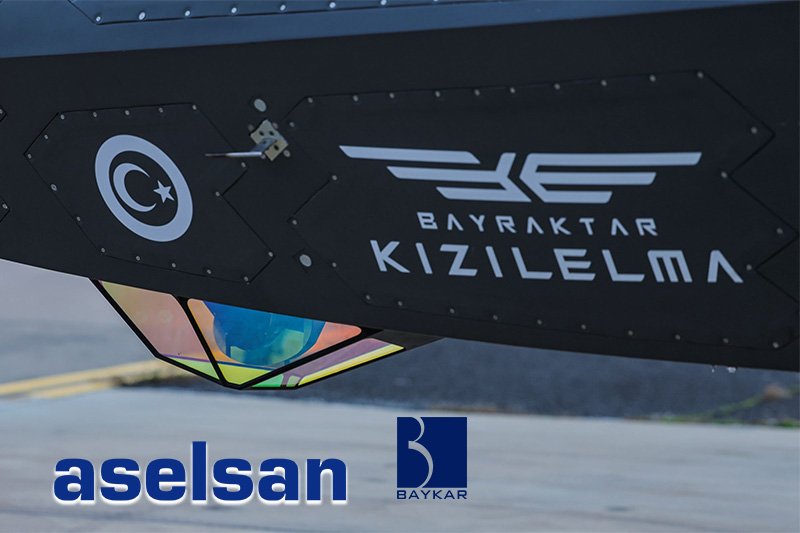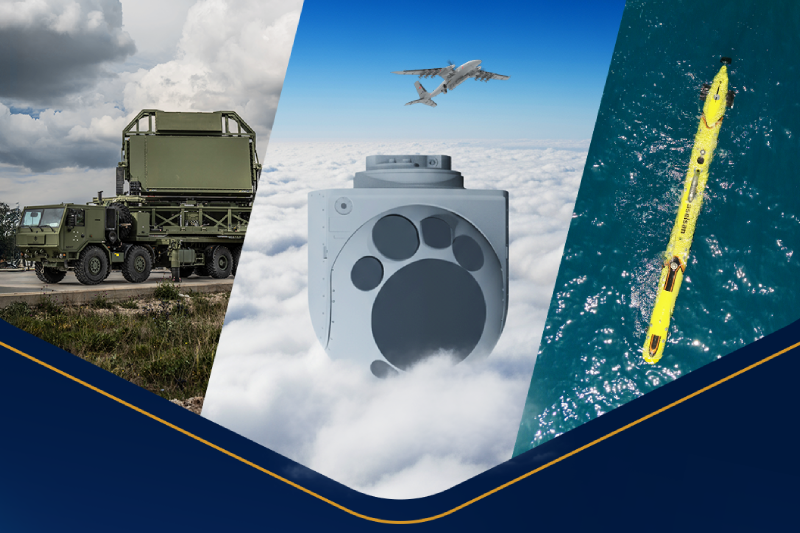Russia Unveils Mi-80 Helicopter to Replace Legendary Mi-8 ‘Hip’
Russia has unveiled ambitious plans to develop the Mi-80 helicopter, a next-generation rotorcraft designed to replace the legendary Mi-8 “Hip” helicopter by 2030. This major defense industry initiative represents Russia’s attempt to modernize its helicopter fleet while maintaining domestic production capabilities amid ongoing international sanctions.
Technical Specifications
The new Mi-80 platform builds upon the proven Mi-171A3 design while incorporating significant technological upgrades. The helicopter features advanced rotor blade technology and more powerful engines designed to enhance performance across all operational parameters. Russian engineers have focused on creating a versatile platform capable of meeting both military and civilian aviation requirements.
The Mi-80’s maximum takeoff weight has been increased to 14 tons, representing a substantial improvement over its predecessor. This enhanced lifting capacity will allow the helicopter to carry heavier payloads while maintaining operational flexibility across diverse mission profiles.
Advanced Avionics
Russian defense industry officials have emphasized the Mi-80’s state-of-the-art onboard avionics suite, which enables both automatic and manual operation in challenging conditions. The helicopter’s advanced flight systems are designed to operate effectively during day and night missions, including flights over terrain lacking visual landmarks.
This sophisticated avionics package represents a significant leap forward from the Mi-8’s more basic systems. The integration of modern navigation, communication, and flight control systems will enhance pilot situational awareness and reduce operational workload during complex missions.
Innovative Structural Design and Materials
The Mi-80 incorporates a reinforced fuselage constructed with extensive use of polymer composite materials. This advanced construction approach reduces overall weight while improving structural integrity and resistance to battle damage. The use of composite materials also enhances the helicopter’s resistance to corrosion and environmental factors.
The composite construction methodology represents a significant departure from traditional metal fabrication techniques used in previous Russian helicopter designs. This material science advancement positions the Mi-80 as a more modern and efficient platform compared to legacy rotorcraft.
Revolutionary Rotor System Technology
The Mi-80 features a completely redesigned rotor system incorporating cutting-edge aerodynamic principles. The helicopter’s high-efficiency X-shaped tail rotor provides improved directional control while reducing noise signatures and power requirements. This innovative tail rotor design enhances overall flight performance and operational stealth characteristics.
The main rotor system utilizes composite rotor blades with enhanced aerodynamic performance profiles. These advanced blades provide improved lift characteristics, reduced vibration levels, and extended operational lifespan compared to traditional metal blade designs.
Enhanced Safety Features
Safety improvements in the Mi-80 include strategically positioned crash-resistant fuel tanks located in the lower fuselage compartments beneath the cargo-passenger cabin floor. This design approach significantly enhances crew and passenger survivability in emergency landing scenarios while reducing fire risk during combat operations.
The helicopter’s enhanced crashworthiness features represent a major advancement in rotorcraft safety technology. These improvements address lessons learned from decades of Mi-8 operational experience across diverse and challenging environments worldwide.
Manufacturing Consolidation Strategy
The Mi-80 program includes plans to consolidate manufacturing operations at two primary facilities: Kazan Helicopter Plant and Ulan-Ude Aviation Plant. This strategic consolidation aims to reduce production costs while streamlining quality control processes and supply chain management.
The manufacturing strategy also focuses on reducing overall production expenses through improved efficiency and standardized production techniques. This approach is designed to make the Mi-80 more cost-effective compared to competing international helicopter platforms.
Development Timeline and Funding Challenges
According to industry sources, the Mi-80 project currently remains at the technical specification stage due to unresolved funding issues. Development is projected to require at least five years once adequate financing is secured, pushing potential first flight dates well into the future.
The funding challenges reflect broader economic pressures facing Russia’s defense industry amid international sanctions and competing military priorities. Securing adequate financial resources for the program represents a critical hurdle for project advancement.
Mi-8 Hip Legacy and Replacement Challenges
The Mi-8 “Hip” helicopter, introduced in the 1960s, has become one of the most widely used helicopters in aviation history. The aircraft serves in both military and civilian roles across dozens of countries, creating a massive installed base that any replacement platform must address.
Replacing this iconic workhorse presents significant engineering and logistical challenges for the Russian defense industry. The Mi-8’s proven reliability, extensive support infrastructure, and low operating costs have made it a preferred choice for operators worldwide.
The Mi-80 program represents Russia’s effort to maintain relevance in the global helicopter market while addressing domestic fleet modernization requirements. Success of this program is crucial for preserving Russian rotorcraft manufacturing capabilities and maintaining technological competitiveness.
The project’s completion would demonstrate Russia’s ability to develop advanced aerospace systems despite international sanctions and resource constraints. However, the program’s ultimate success depends on securing adequate funding and overcoming technical challenges associated with modern helicopter development.
Also read this: MBDA Resumes Storm Shadow Missile Production
International Market Considerations
If completed as planned, the Mi-80 would position Russia to compete in international helicopter markets currently dominated by Western manufacturers. The helicopter’s advanced capabilities and competitive pricing could attract customers seeking alternatives to established platforms from companies like Boeing, Airbus, and Sikorsky.
The Mi-80’s success in international markets would provide crucial export revenue for Russia’s defense industry while demonstrating the country’s continued technological capabilities in rotorcraft development and manufacturing.
Keep connected with us at Facebook, Twitter, YouTube, Instagram & TikTok for the latest defense happening around the globe.
Discover more from International Defence Analysis
Subscribe to get the latest posts sent to your email.


